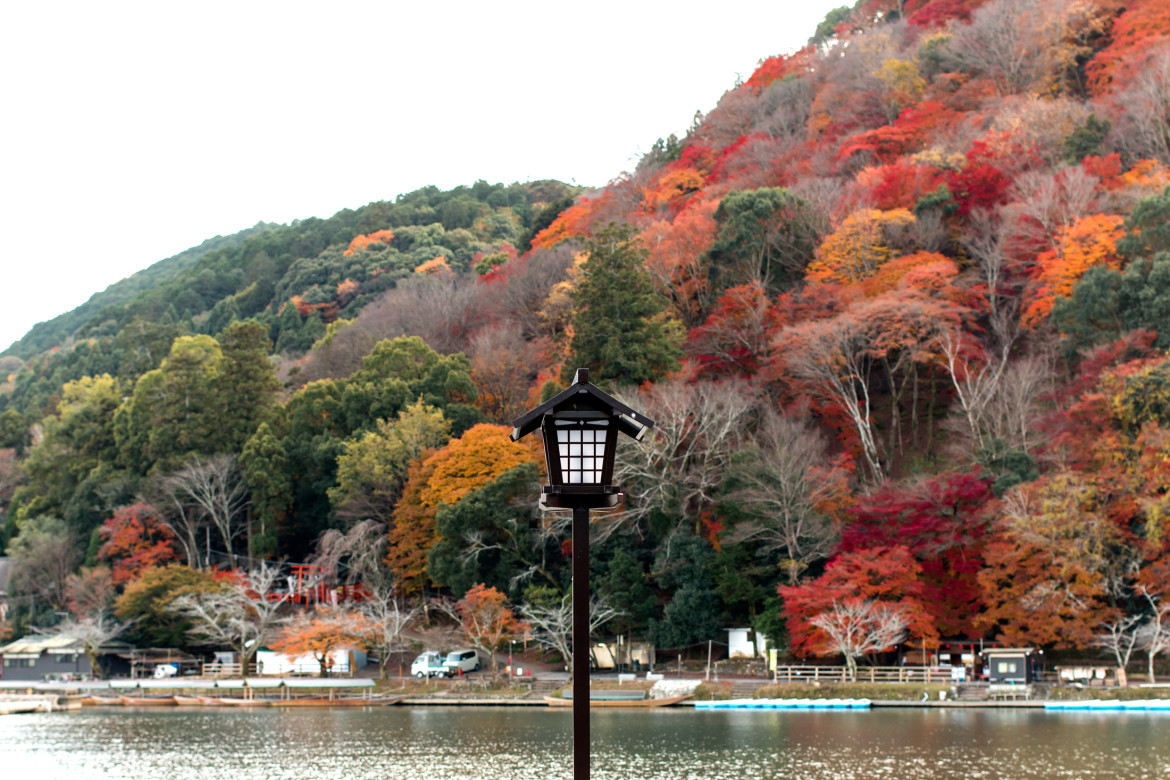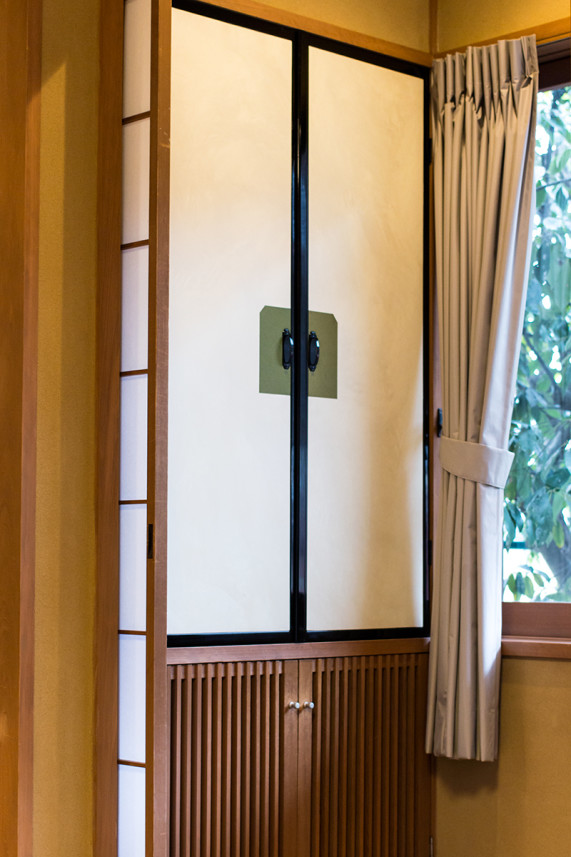
It was a gorgeous time to be in Arashiyama, we caught the end of the autumn.
Kyoto, the last leg of my trip, was the perfect place to wind down from bustling Seoul and Tokyo. We stayed in Arashiyama, a resort-like neighborhood by the mountains and river. As a nationally designated historical site and place of scenic beauty, it’s no surprise Arashiyama is one of Kyoto’s most destination.


During our time here we stayed at a traditional ryokan. Ryokans are Japanese inns and were common in the 17th-19th century to serve travelers. Over time they have developed into a place where you can have a traditional and relaxing experience. Each room has tatami-floors and the bed is taken out for you when you are ready to sleep. You will usually find an onsen to bathe and loosen your muscles after a long day of sightseeing.



Most ryokans also provide kaiseki style breakfast and dinner. For a long time Kyoto used to be the capital and home to the imperial family. It is then no surprise Kyoto became well-known for kaiseki. Think of a multi-course, high-end experience analogous to French haute-cuisine. Much care and attention to detail are put into each course. Service is top-notch. And it’s also one of the most expensive meals you can have in Japan.
Seasonal ingredients are often used and courses are served according to preparation method. Each course is presented on petite plates, their designs and colors also carefully selected to pair with the food. However, don’t underestimate the sizes, these course can fill you up!
A kaiseki would usually contain the following items in order:
- Sakizuke – appetizer
- Hassun – sets the theme of the meal
- Mukozuke – seasonal sashimi
- Takiawase – a vegetable dish
- Futamono – a dish served in a container with a lid, often a soup
- Yakimono – something grilled, often fish
- (For our dinners we also had something deep-fried)
- Suzakana – vinegar-based dish to cleanse the palate
- Nakachoko – acidic soup to cleanse the palate
- Shiizakana – hot pot dish
- Gohan – rice with side dishes (Kou no mono)
- Tomewan – is rice and miso soup that comes at the end of the course.
- Mizumono – dessert, usually fruits
Below are a few shots of the courses – all presented delicately and each packing a punch of flavors and textures.






Add comment